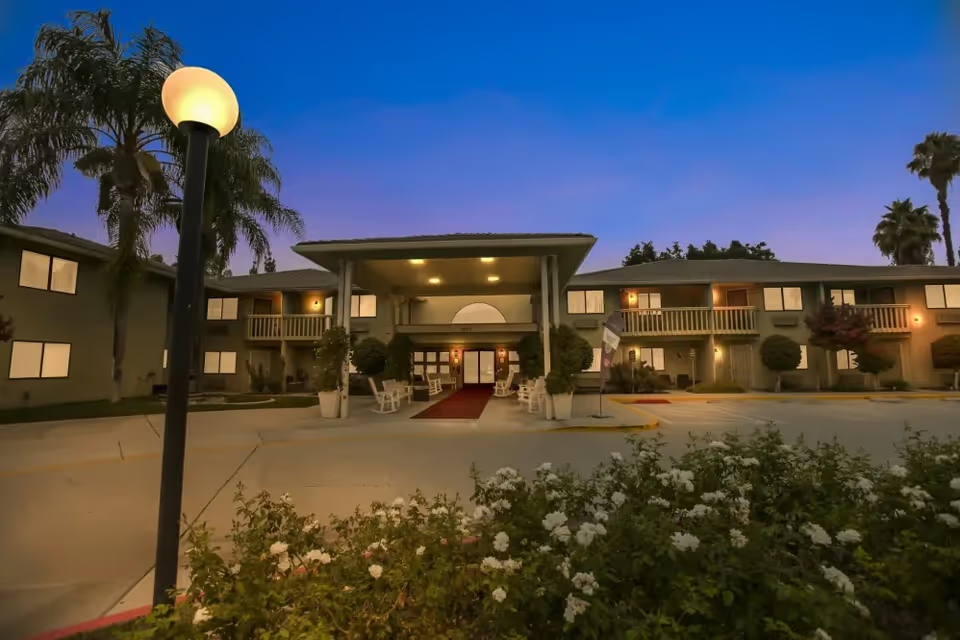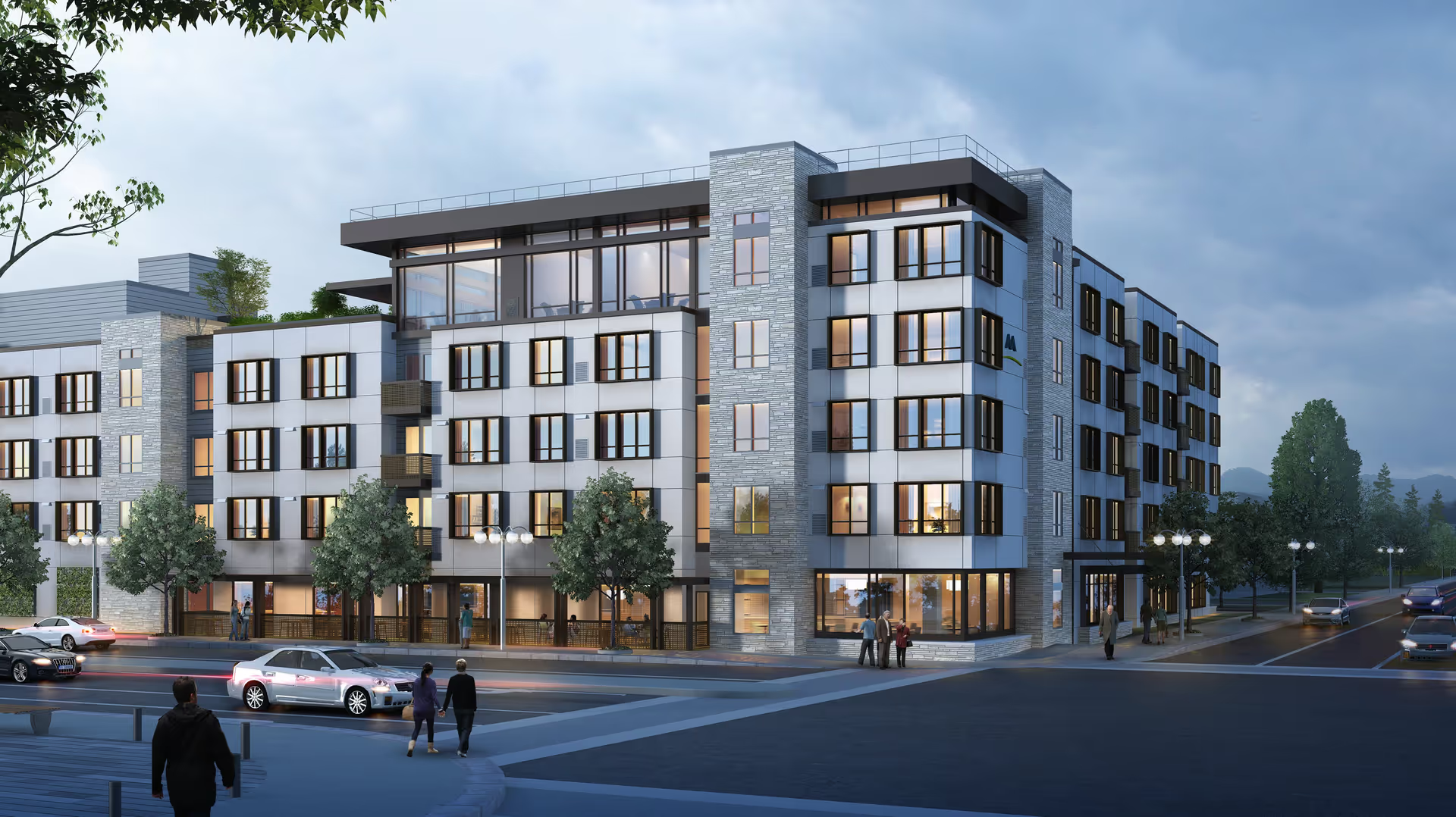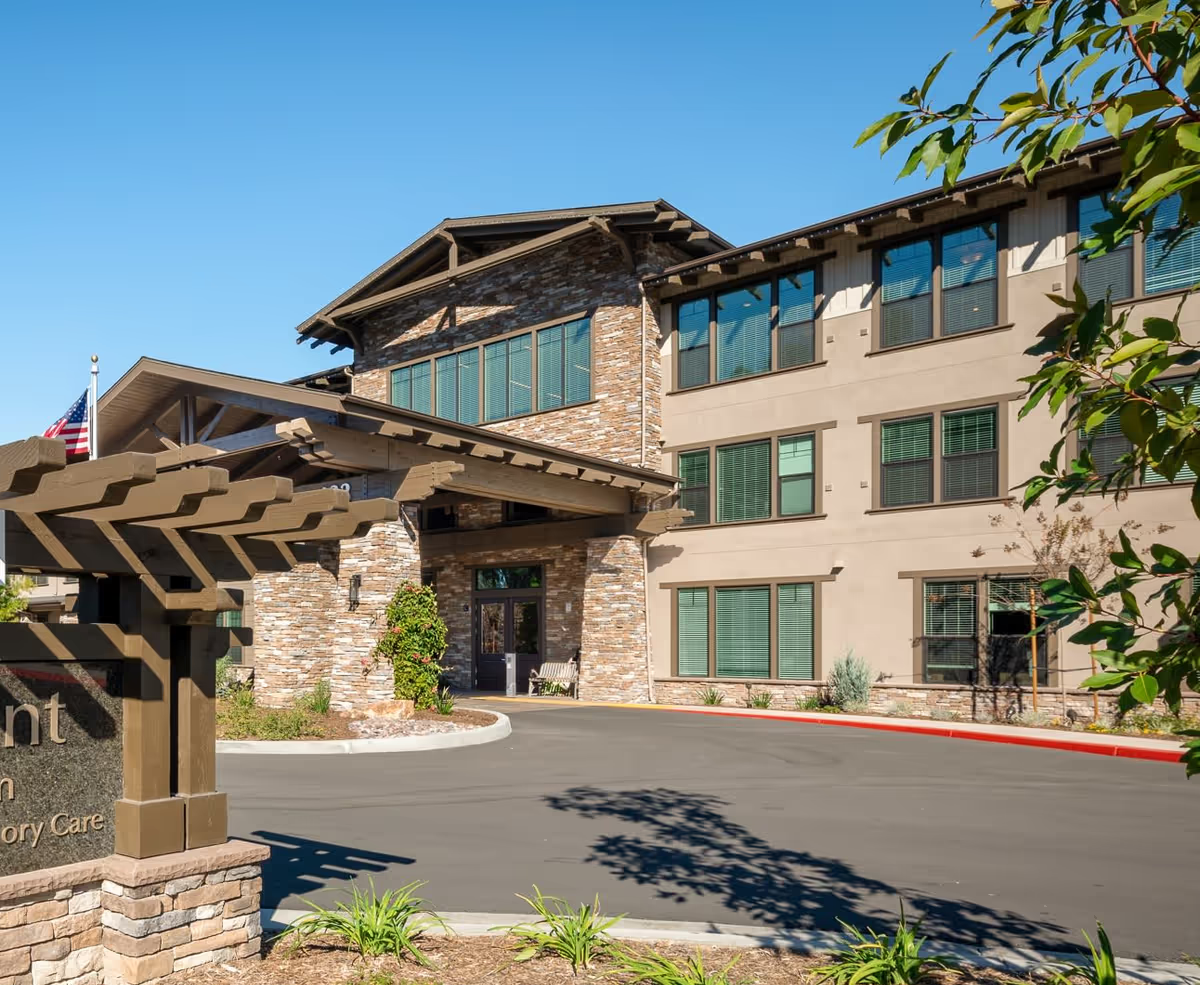Overall sentiment in the reviews for Canyon Vista Post-Acute is highly polarized: many reviewers report excellent, even exceptional, rehabilitative care and compassionate staff, while a substantial number describe serious lapses, neglect, and unsafe practices. Positive reviews emphasize a strong rehabilitation focus, dedicated therapists, skilled wound care, clean rooms, and individual staff members who go beyond expectations. Negative reviews document delayed or omitted medications (including pain medication and IV antibiotics), slow responses to call bells, bedsores, falls, infections, and in several instances transfers to the hospital with severe outcomes. This split creates a pattern of inconsistency where patients’ outcomes and experiences vary dramatically depending on timing, unit, staffing, and individual caregivers.
Care quality and clinical safety are the most contentious areas. On the positive side, many family members and patients credit Canyon Vista with meaningful recovery: rapid therapy starts (day 1–2 in some cases), excellent PT/OT/speech therapists by name, and successful transitions home. Multiple reviews praise specific wound care teams and rehabilitation therapists who achieved measurable improvements. However, an equally large and urgent theme across negative reports involves medication management failures and delayed critical treatments. Reviews explicitly cite hours-long delays for pain medications, 12–24 hour waits related to an off-site pharmacy, IV antibiotics not administered, and medications left on tables. Several reviewers attribute severe clinical deterioration to these lapses — including urinary tract infections, pneumonia, sepsis, significant weight loss, bedsores, and in a few reports death — and call for investigations. Recurrent complaints also describe ignored call buttons and slow or absent responses from nurses and CNAs, which directly tie into the reported safety incidents (falls, prolonged soiling, dehydration).
Therapy and rehabilitation are another area of strong divergence. A large portion of reviews highlight an outstanding rehab program: therapists (some named: Justin, Patrick, Lindsey, etc.) are characterized as knowledgeable, motivating, and effective; patients report regaining function and returning home. Conversely, other reviewers report little to no therapy during their stay, extremely limited therapy minutes (brief 15-minute sessions), therapy that caused injury, or therapy being withheld during quarantine or because of misclassification of patient refusal. Some reviewers noted that therapy quality and availability tended to be better on weekdays and more limited on weekends, indicating staffing and scheduling gaps.
Staff behavior and culture present a mixed picture dominated by extremes. Numerous reviews sing the praises of individual nurses, CNAs, and support staff — naming people who provided extraordinary compassion and hands-on care. At the same time, many accounts describe rude, uncaring, or even abusive behaviors from other caregivers and managers, allegations of theft and missing personal items, and claims of defensive or unresponsive administration when families raised concerns. Several reviewers specifically call out a pattern of understaffing and overwork (e.g., one nurse per 20 patients, staff texting instead of answering call lights), which aligns with reported delays in basic care and medications. Weekend staffing shortfalls and inconsistent leadership presence were repeatedly noted.
Management, communication, and administrative processes are frequent flashpoints. Families reported poor or delayed communication from case managers, confusing or misrepresented insurance/costs at admission, unmet promises regarding equipment and services at discharge, and billing disputes. Some reviewers praised admissions staff and named case managers who were helpful, but just as many described difficulty reaching leadership, unanswered phone calls, and canned or dismissive responses to serious complaints. Premature discharges without necessary home equipment or proper medication instructions, as well as missing discharge paperwork for feedings or medications, were explicitly reported and contributed to safety concerns after discharge.
Facility, amenities, and dining receive mixed but detailed commentary. Many reviewers describe the facility as clean, bright, and well-maintained with private rooms and hardworking housekeeping. Activity offerings and staff are cited positively in many reports. Food quality is inconsistent across reviews: several people call meals tasty, hot, and balanced (with accommodations for diets), while others describe food as inedible, greasy, or insufficient. Privacy concerns (shared bathrooms in some setups), noise issues, and physical room issues (curtains left open, light in room at night) were also noted by some families.
Notable systemic issues and serious allegations appear across multiple reviews and should be highlighted: reports of neglect leading to bedsores, long delays in responding to alarms, alleged withholding of medications, and claims of staff-instigated harm (falls, rushed rough care) are recurring. There are also allegations related to racism in hiring, theft of personal items, misrepresentation of services at admission (including accusations of Medicare/insurance irregularities), and multiple recommendations from reviewers to avoid the facility and to involve regulatory or law enforcement authorities. Several reviewers mention that outcomes and experiences can be markedly different depending on which staff are present and whether it is a weekday or a weekend.
In summary, the reviews portray Canyon Vista Post-Acute as a facility with clear strengths — notably an effective and in many cases outstanding rehabilitation program, skilled therapists, committed nurses/CNAs, capable wound care, and a clean environment — alongside critical and sometimes dangerous weaknesses in medication management, staffing consistency, safety oversight, and administrative responsiveness. The dominant pattern is one of variability: patients and families frequently experience either excellent, compassionate care or serious neglect and harm. Potential residents and families should weigh both the positive and negative patterns, verify current staffing ratios and pharmacy/medication processes, ask about weekend coverage and incident reporting procedures, and research regulatory records before choosing this facility. For anyone with high medical needs (IV antibiotics, high fall risk, complex wound care), close oversight and clear contractual assurances would be advisable given the number of reviews documenting missed or delayed critical care.







